9 Fall Photography Tips
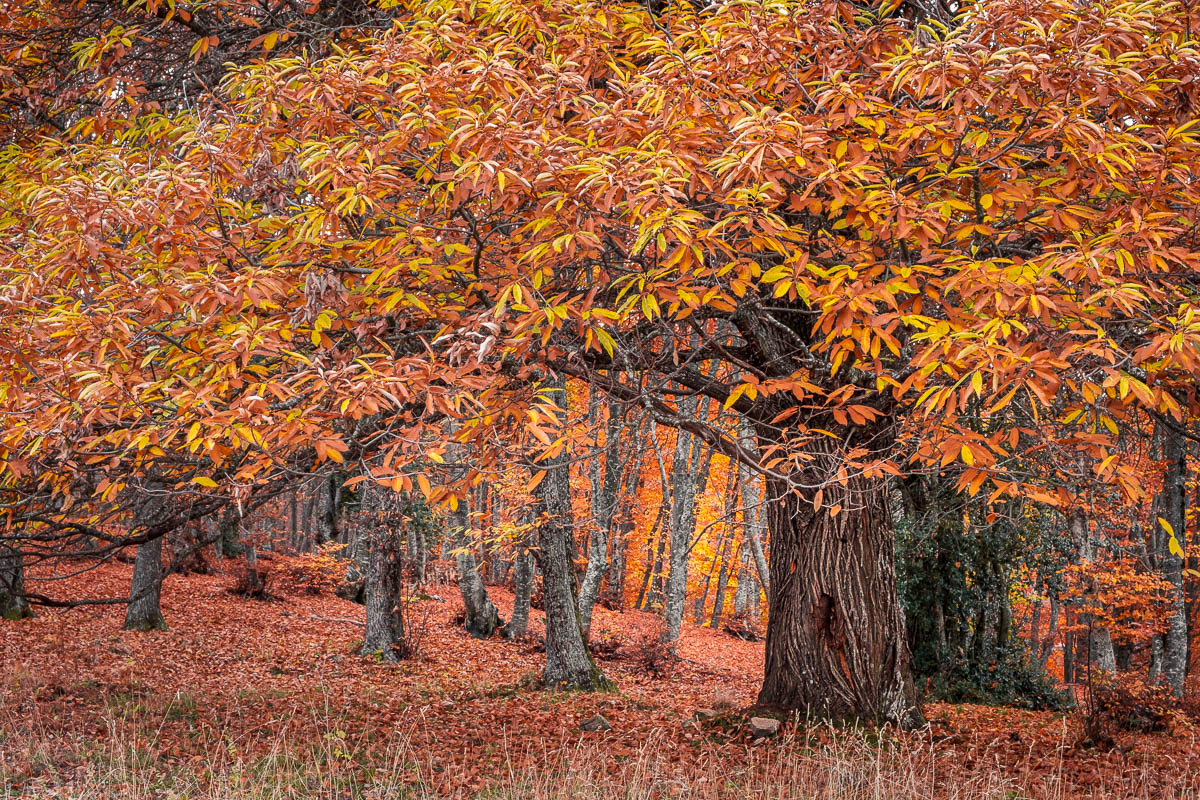
Autumn is quickly approaching, and it’s a fantastic time of year for photography. It’s a wonderful experience to watch the trees’ leaves change colors, and you can get some great photos out of it. In this tutorial I am going to give you some fall photography tips to take great Autumn photos.
Scout in advance
Because fall colors only last a couple weeks, you must be well prepared. Explore old and new locations for potential compositions. This way, when the leaves turn orange and yellow, you’ll know where to go and what to photograph. Of course, your composition could well change slightly, but you will have a starting point. Instead of walking around with your big camera, you can use your phone to take quick photos and use them as a reference.
Use a fall foliage map
This primarily applies to those who live in the United States. Every year, SmokyMountains.com publishes a prediction map showing how the colors of the trees change across the United States. Simply use the slider at the bottom of the map to select a date, and the colors will indicate where the foliage will peak that week. This will make planning your trip much easier.
Experiment
There are several types of shots you can try when photographing in the woods. Zoom shots, wide vistas, and close-up details With so much going on in a forest, a wide shot isn’t always the best option for woodland photography. So, in addition to your wide-angle lens, use a zoom lens. Use compression to your advantage and remove any elements that make your image appear cluttered. You can also try to get close-up shots of an autumn scene to show the details. Running water can also enhance your scene significantly.
Use a polarizing filter
Polarizing filters are typically used to eliminate glare caused by reflective materials. They are, however, excellent tools for increasing contrast and saturation and changing the overall feel of a scene. This will help you in emphasizing the beautiful fall colors. It’s not always the best option, but it’s always worth a shot when it’s raining or very wet.
Look for reflections
A nice reflection is always appealing. So, if you can find some trees near a lake or a small pond, try to photograph them to make the most of the colorful leaves. The best time to find still water is early in the morning.
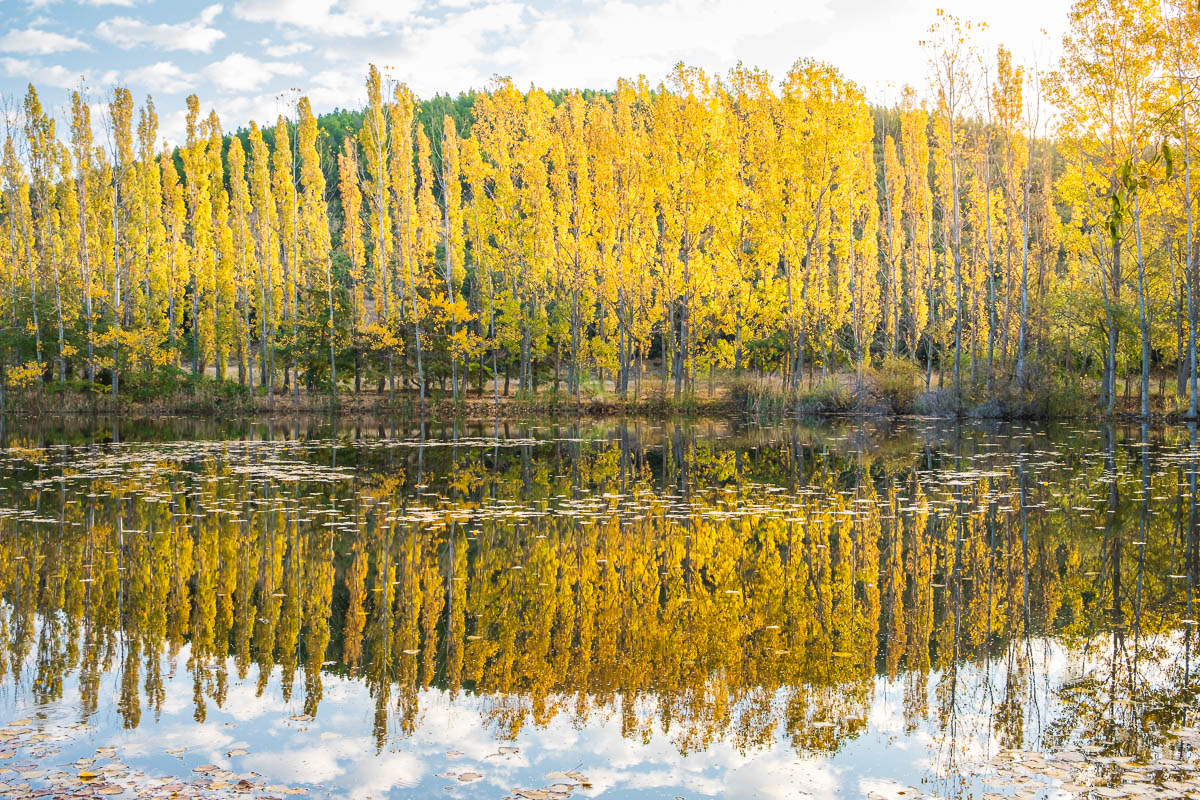
Use indirect light
Normally, strong sunlight casts harsh shadows that are unappealing. Shooting on cloudy, overcast, or even rainy days, on the other hand, can really highlight the fall color tones.
Look for fog
A woodland photograph can be taken to the next level by the use of fog. It helps to separate your foreground element and gives your photo a misty look. Check a weather app to see when there will be fog in your area and take advantage of the opportunity to get out and take some photos.
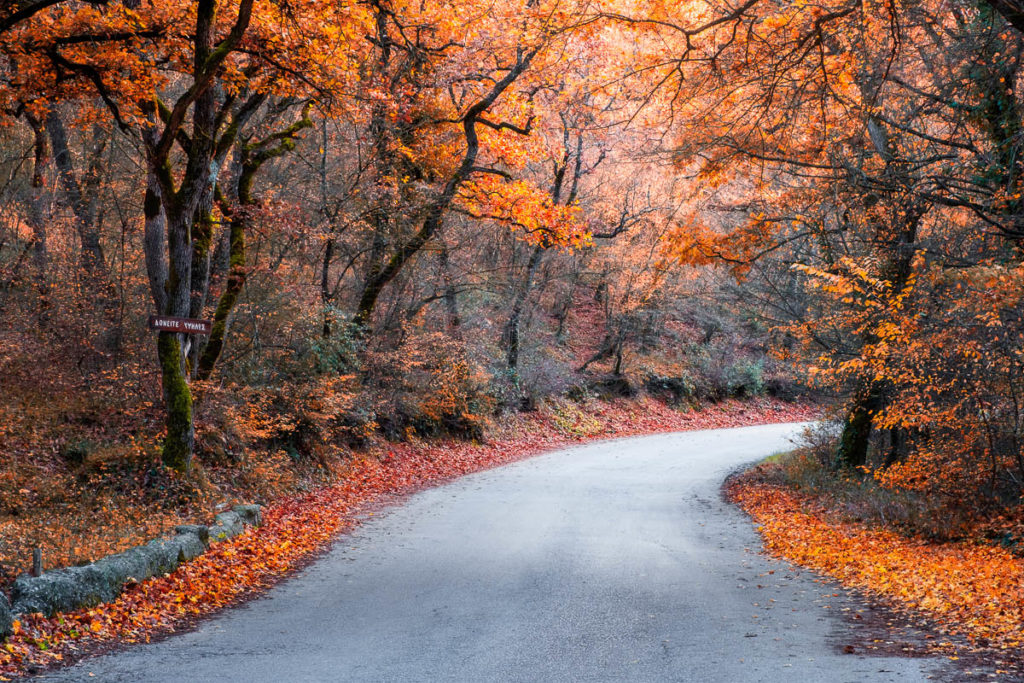
Slow down your aperture
It’s sometimes better not to have everything in focus when photographing in the woods. With so many leaves and trees around, you can experiment with a shallower depth of field to simplify your photograph.
Play with the White Balance
Consider the different types of white balance. Shade or Cloudy can really bring out the fall colors and warm up the scene. Of course, shooting in RAW rather than JPEG allows you to easily adjust the white balance later in post-production.
Final words
Autumn is one of the best seasons for photography. However, because it is so fleeting, you must be prepared to make the most of the fall foliage. Here is a selection of my favorite fall color photos!
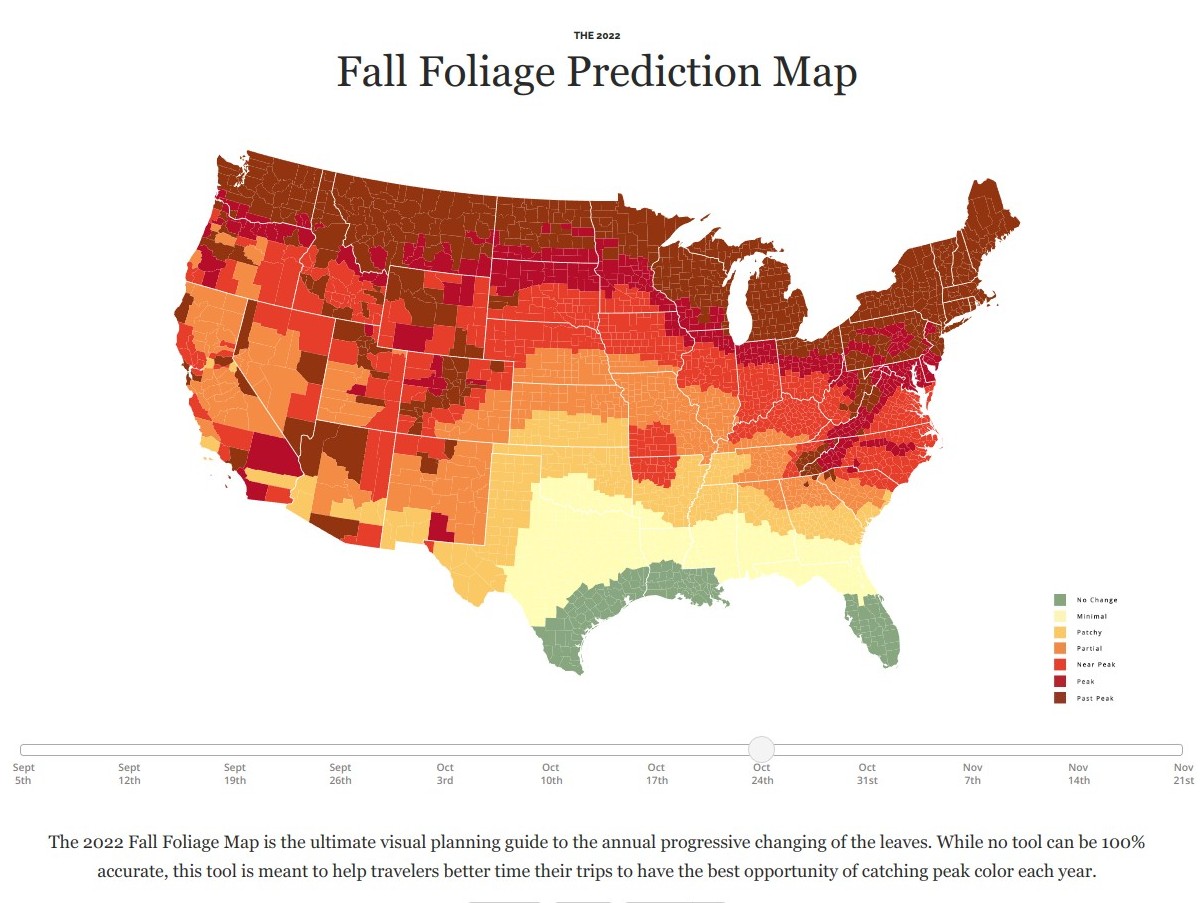
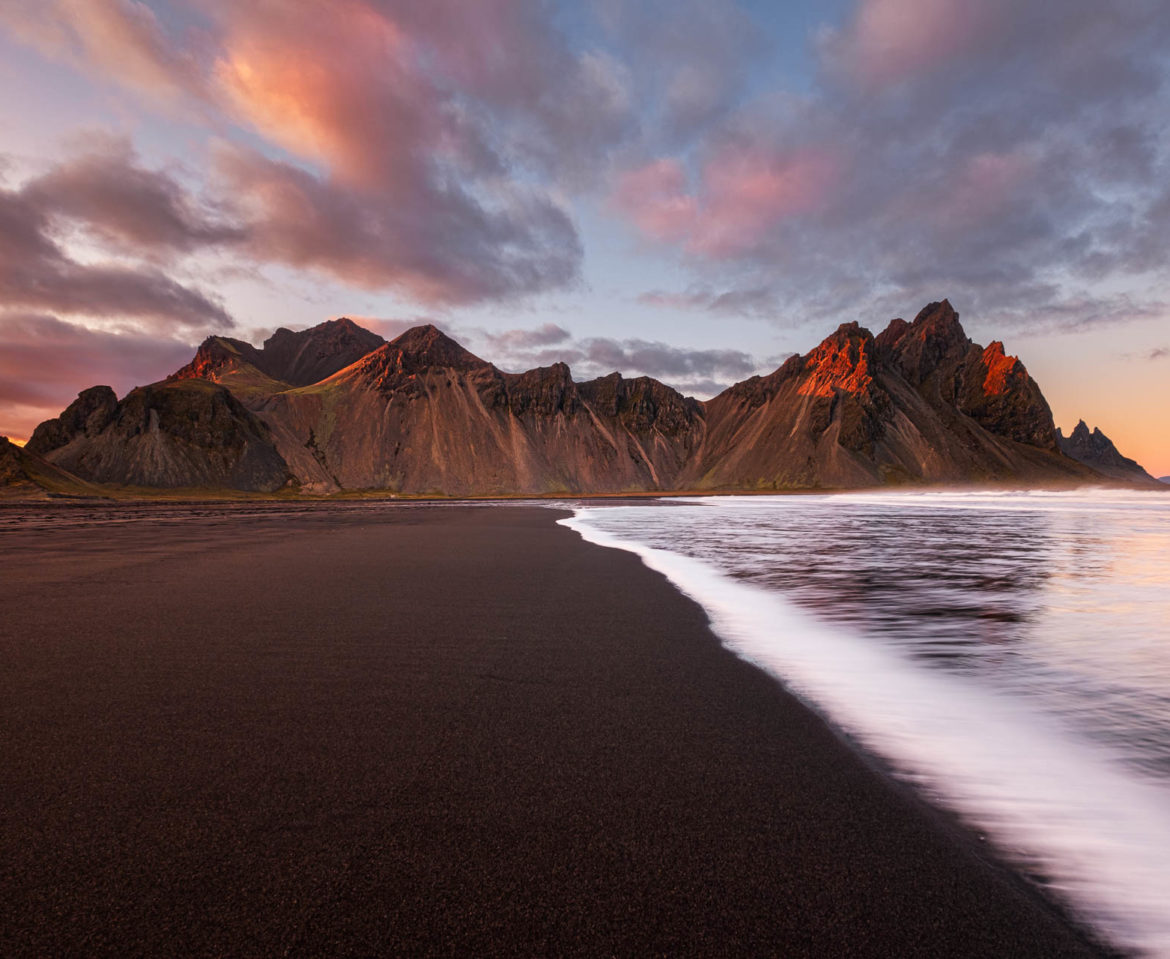
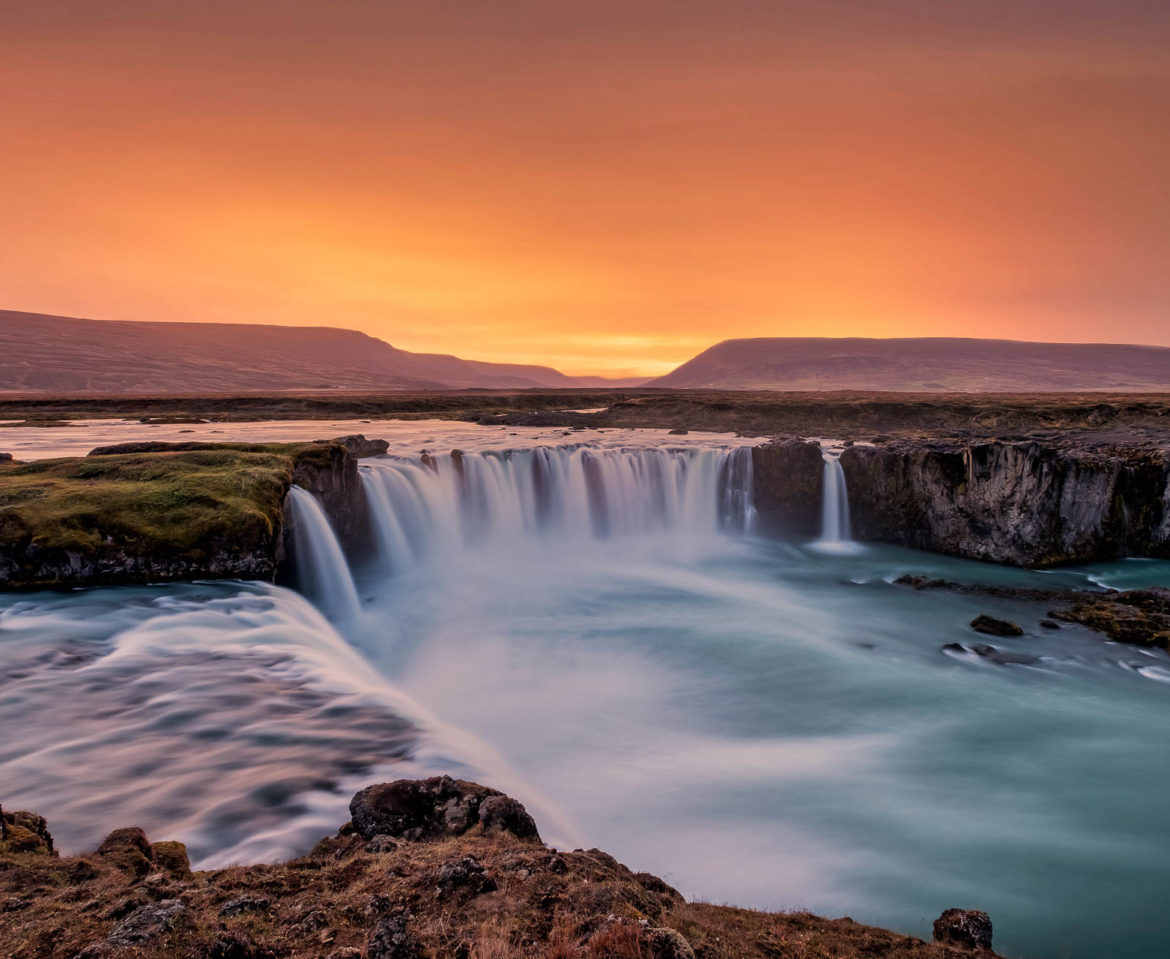

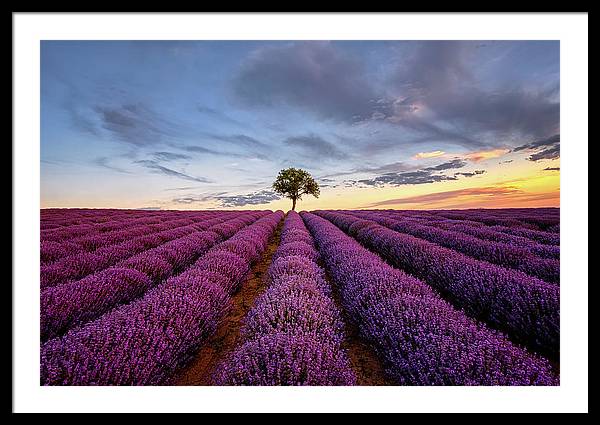
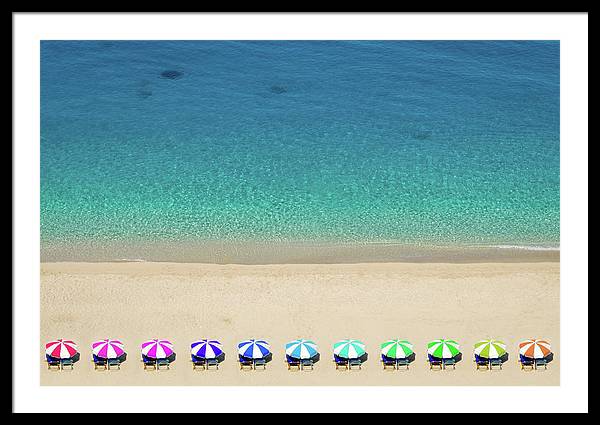
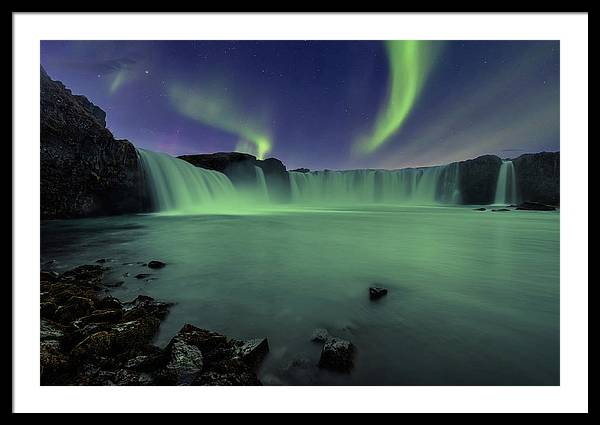
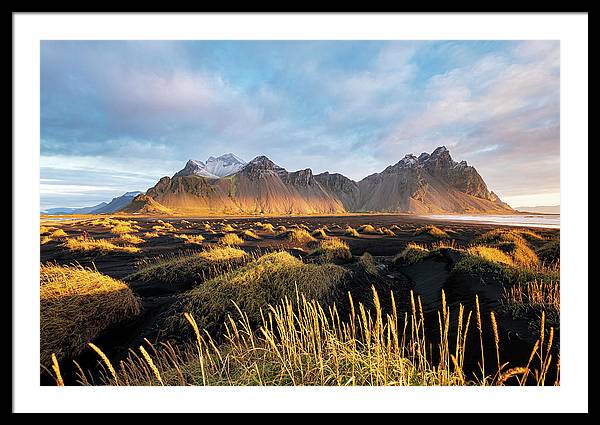
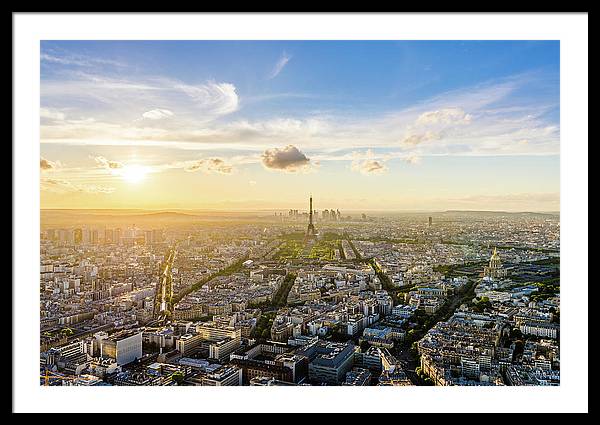
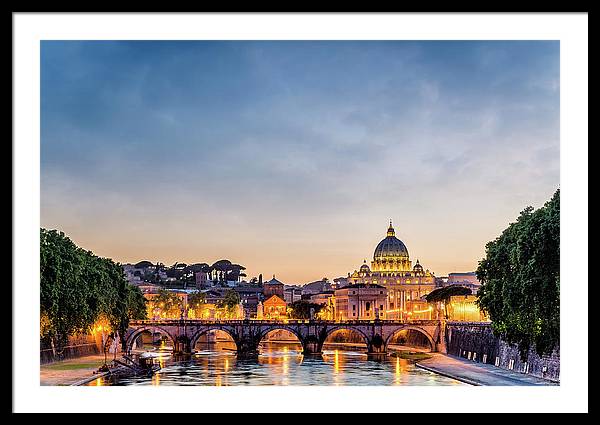
Comments on This Post
Steve HeapAuthor
I’m off to Vermont next month to do exactly this! A blog post is sure to follow. Thanks for the tips
Alexios NtounasAuthor
You are welcome! Can’t wait to see your images! I have also planned to visit a couple of locations close to where I live and capture some fall foliage!